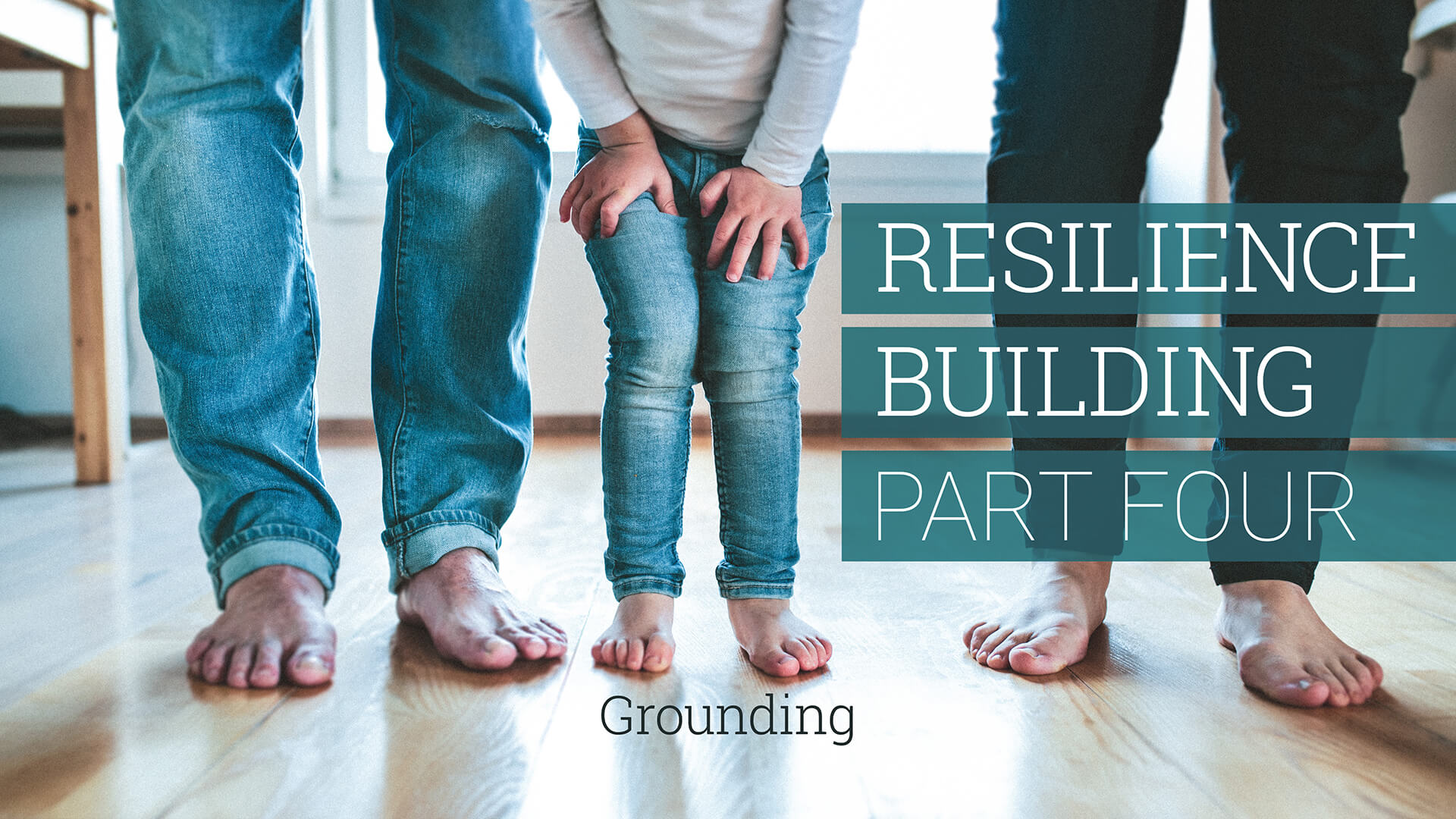
What is Grounding?
Grounding, centering, calming, soothing. These words are often used interchangeably. Grounding, though, is about noticing how your body connects to and is supported by the ground beneath it. When I teach this tool to clients, I often say that grounding is about bringing a sense of yourself into the present moment, through your connection to your immediate environment, and noticing all of the ways that your body is being supported by the physical space around you.
Grounding Is a Mindfulness Practice
Bring yourself into a comfortable seated position on a sofa or chair. Conversely, you could practice grounding by standing up or lying down. Notice all the places of support or points of contact between your body and what it’s connecting to. If you are sitting, observe how the seat of the chair or sofa is supporting your body. Is there a cushion supporting your back? Let yourself feel that support.
If you are standing, notice how your feet are connecting with the floor. You may feel more stable wearing shoes, or a more direct connection with bare feet. Lying down, take in the sensation of being held by the bed. Is your mattress firm or soft? Both of these supports are connected to the earth below you. What happens inside as you take in the sensations of being sustained in this way?
Is there a way you hold your hands that feels most calming to you? You might keep them at your sides, or hold them with one hand in the other or with your fingers interlaced. Would the gentle weight of a cushion on your lap or the warmth of a blanket around your shoulders enhance the sensation of your body on the sofa? Often the use of props such as cushions or blankets brings a deeper feeling of connection and support.
Experiment with different sitting positions and items that help you feel comfortable standing up and lying down. Trust the intuitive wisdom of your body; it knows how it needs to move and rest. Do you experience the impulse to stretch your neck or elongate your spine? You might want to shift your weight from one side to the other. As you find a balanced and supported posture, let yourself take in the somatic, or bodily, sensations associated with calm and well-being.

How to Use Grounding to Regulate the Nervous System
In our homes, dangerous electrical surges are safely conducted through wires into the earth – keeping the house “grounded”. Similarly, grounding as a wellness skill can be used during moments of agitation or stress. If you start to feel overwhelmed or flooded with emotion, imagine that energy being safely discharged through your connection to the ground and absorbed into the earth.
As you bring your attention downward, see how your feet make contact with the ground. Is your stance firm? Check in with your body. Does it have a desire to move? If you are standing, does your body sway from side to side? Do you want to take steps forward or backward? If you are sitting, bring attention to your legs. Returning both feet to the floor can increase a sense of stability in the body. Bringing mindful attention to how the body is positioned and how it wants to move is important for grounding.
I have a small weighted blanket in my office which can be placed on the lap or chest. The blanket is made with little pockets of tiny glass beads. It provides gently diffused pressure that simulates the sensation of being held or hugged. Many people find this sensation soothing. In larger sizes, these blankets offer somatic comfort to the whole body when lying down to rest or sleep.
Grounding can be as subtle as allowing yourself to place a hand on a kitchen counter or the arm of a chair and then noticing the sensation of that connection. Does the countertop feel solid and cool? Is the arm of the chair wooden or upholstered? How does it feel in your grasp? What happens if you let go of descriptive words and allow your hand to communicate directly to the nervous system? How does the body respond? Maybe you notice a softening in the shoulders and neck or a slower, deeper breath.
How to Use Grounding with Kids
When teaching children how to use grounding, do activities together, so they feel the bond of a shared experience. Encourage them to use their imagination. Invite them to stand up, close their eyes, and picture their favorite tree. Ask them to imagine their legs and torsos as the trunk of the tree. Their feet have roots that grow deep into the soil beneath them. Their arms are branches.
Let them describe the movements of their trees. Do their bodies sway in the gentle breeze, like a palm tree? Or are they sturdy and upright like an oak tree? As they hold the posture of the tree, what do they observe about the body? How does the air feel against the skin, the outer bark? Is something happening inside the chest area, in what might be called the heartwood of a tree? These sensations may help them feel connected to the earth.
Ask them how that grounding feels. Maybe safe, maybe strong. For children, using the imagination enhances the experience of grounding in the body. (It works for grown-ups, too.) When I practice this grounding exercise with my kids, I like to reassure them that they, and their trees, are right where they’re supposed to be.

Time to Reflect
As you go through your day today, set an intention to connect with your body as supported by the firm ground beneath you.
If you are stumbling or feel tripped up, ask yourself, “Where are my feet?” When your mind drifts to memories of the past or to thoughts of the future, and you feel anxious or afraid, grounding can restore balance to the nervous system.
Whether standing or laying down, allow yourself to feel held and supported by your connection to the earth, and observe any shifts that occur within you. By bringing mindful attention back to the body and to somatic responses within it, grounding returns us to the present moment, where peace, strength, and resilience grow.
